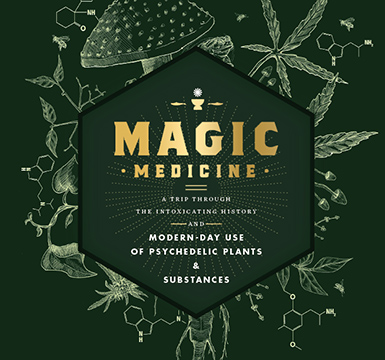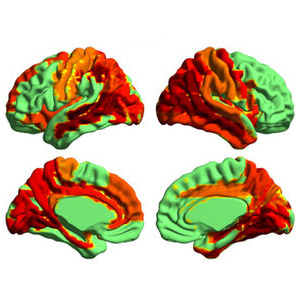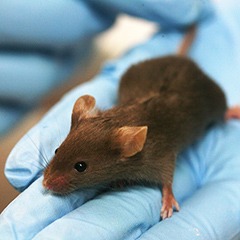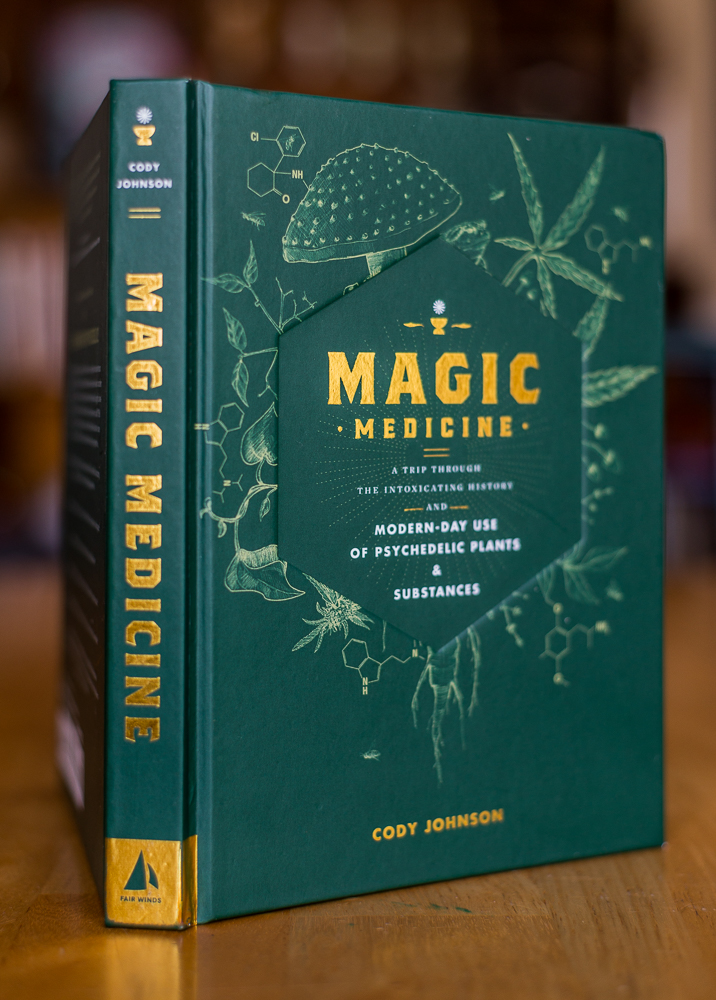 Cottonwood Research, a foundation dedicated to studying consciousness and headed by Rick Strassman, is publishing a study that confirms the existence (and, they argue, production) of dimethyltryptamine in the pineal glands of rats. This paves the way for further research to determine whether endogenous DMT in humans also originates in the pineal gland, as has been speculated by Strassman and others. From their website:
Cottonwood Research, a foundation dedicated to studying consciousness and headed by Rick Strassman, is publishing a study that confirms the existence (and, they argue, production) of dimethyltryptamine in the pineal glands of rats. This paves the way for further research to determine whether endogenous DMT in humans also originates in the pineal gland, as has been speculated by Strassman and others. From their website:
We’re excited to announce the acceptance for publication of a paper documenting the presence of DMT in the pineal glands of live rodents. The paper will appear in the journal Biomedical Chromatography and describes experiments that took place in Dr. Jimo Borjigin’s laboratory at the University of Michigan, where samples were collected…
The pineal gland has been an object of great interest regarding consciousness for thousands of years, and a pineal source of DMT would help support a role for this enigmatic gland in unusual states of consciousness. Research at the University of Wisconsin has recently demonstrated the presence of the DMT-synthesizing enzyme as well as activity of the gene responsible for the enzyme in pineal (and retina). Our new data now establish that the enzyme actively produces DMT in the pineal.
The next step is to determine the presence of DMT in cerebrospinal fluid (CSF), the fluid that bathes the brain and pineal. CSF is a possible route for pineal-synthesized DMT to effect changes in brain function. Successfully establishing DMT’s presence in this gland adds another link in the chain between the pineal and consciousness and opens new avenues for research.
It’s important to realize that this is just one study, yet to be published, reviewed, and repeated by other scientists. We do not yet have the text of the study to examine in detail. Until I have more information about the study and other labs are able to replicate the results, I remain skeptical but optimistic.
Several studies have already established the existence of endogenous DMT in humans, along with many other species of plants and animals. It remains difficult to identify its point of origin, however, owing to its very rapid metabolism. DMT occurs in trace amounts and is readily broken down by monoamine oxidase, an enzyme commonly found throughout the bodies of animals. It is not clear what biological purpose DMT serves in any organism, especially since it occurs at levels much lower than recreational doses.
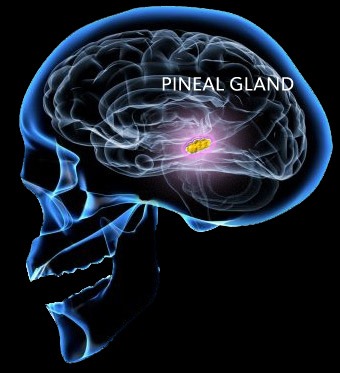 The pineal is a small endocrine gland located near the center of the brain. It produces melatonin, a hormone involved in modulating mood, circadian rhythm, and seasonal changes in the body. Mystery has always surrounded this tiny organ and its function is still not completely understood, as this research makes apparent. René Descartes even speculated that the pineal is the “seat of the soul,” the interface where the mind meets the brain.
The pineal is a small endocrine gland located near the center of the brain. It produces melatonin, a hormone involved in modulating mood, circadian rhythm, and seasonal changes in the body. Mystery has always surrounded this tiny organ and its function is still not completely understood, as this research makes apparent. René Descartes even speculated that the pineal is the “seat of the soul,” the interface where the mind meets the brain.
Here is more information about the prior University of Wisconsin study mentioned above, courtesy of Wikipedia (not to be confused with the new study, which concerns rats). This earlier study laid the groundwork for further inquiry by demonstrating the existence of the enzyme INMT, which can synthesize DMT, in primate tissues.
In 2011, Nicholas V. Cozzi, of the University of Wisconsin School of Medicine and Public Health, concluded that INMT, an enzyme that may be associated with the biosynthesis of DMT and endogenous hallucinogens, is present in the primate (rhesus macaque) pineal gland, retinal ganglion neurons, and spinal cord.[106] In August 2012, Steven Barker, Ethan McIlHenny, and Rick Strassman, developed a new method to measure the three known endogenous hallucinogens and their major N-oxide metabolites in blood, urine, cerebrospinal fluid, ocular fluid and/or other tissues by using state-of-the-art liquid chromatography-mass spectrometry (LC/MS) equipment. For the first time in history, they were able to detect the DMT-N-oxide metabolite in blood and urine.[107]
via Psychedelic Research Google+ community
Liked this post? Subscribe to my RSS feed to get much more!

